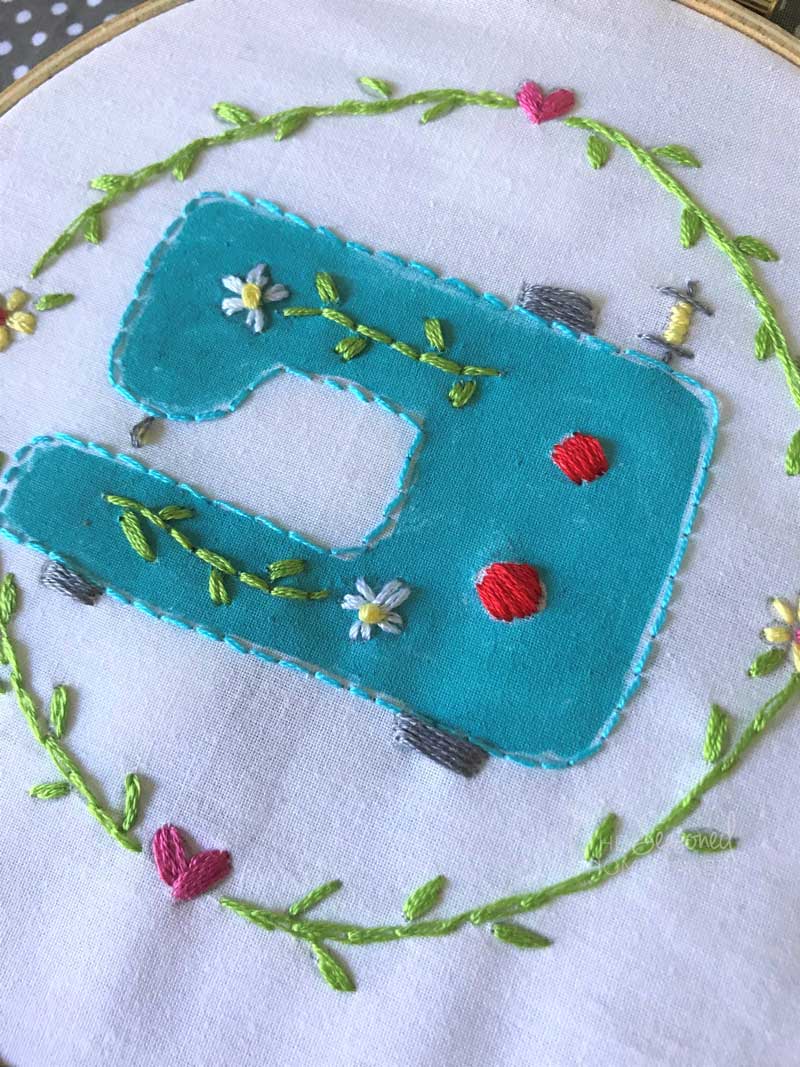How To Fill In Embroidery
Embroidery is a beautiful art form that requires patience, skill, and attention to detail. One of the challenges many embroiderers face is how to fill in large embroidery spaces. It can be frustrating to try to fill in a large space with just a few stitches. But fear not, we have some tips and tricks to help you overcome this hurdle and create beautiful, even, and full embroidery designs.
Pain Points of Filling in Embroidery
It can be challenging to fill in large embroidery spaces without it looking patchy or uneven. You may also struggle to choose the right stitch for the project or find that your thread keeps tangling. This can be frustrating, and it may even make you want to give up on the project altogether. But don't worry, we have some solutions and troubleshooting tips to help you overcome these difficulties.
Answering the Target of How to Fill in Embroidery
One of the best ways to fill in large embroidery spaces is by using a fill stitch. A fill stitch is a stitch that covers a large area and creates a solid, even look. There are several types of fill stitches that you can use, such as the satin stitch, long and short stitch, or fill stitch. Before starting your project, choose the stitch that is most appropriate for your design and the type of fabric you are using.
Summary of Main Points
In summary, filling in embroidery spaces can be challenging, but with the right technique, it is possible to create a beautiful finished product. Choosing the right stitch and thread, using a hoop, and practicing good stitching techniques will all contribute to a successful project.
Using the Satin Stitch for Filling in Embroidery
When I was first learning how to fill in large embroidery spaces, I struggled to find the right technique. But then I discovered the satin stitch, and it changed everything. The satin stitch is a great stitch for filling in large areas.

To use the satin stitch, start by outlining the shape or area you want to fill in. Then, starting at one end, stitch across the area, making sure that your stitches are close together and even. Continue stitching back and forth across the area until it is completely filled in. The satin stitch creates a smooth and even look and will make your embroidery design stand out.
Using a Hoop for Filling in Embroidery
Another tip for filling in large embroidery spaces is to use a hoop. A hoop will help keep the fabric taut and prevent it from puckering or shifting while you stitch. When filling in an area, make sure to reposition the hoop as needed to ensure that the embroidery area stays taut.

You can also experiment with using different types of hoops, such as a Q-snap hoop, which has a square shape and can keep your fabric taut and even.
Thread Choice and Stitching Techniques
When it comes to filling in large embroidery spaces, choosing the right thread and using good stitching techniques is also important. Use a thread that is appropriate for your fabric and design, and make sure that it is not too thick or thin. When stitching, take your time and be patient. Use small, even stitches and make sure that they are close together and cover the entire area.
Troubleshooting Threads
If you find that your thread keeps tangling or breaking, try using a smaller length of thread and using a needle with a larger eye. You can also try using a thread conditioner, such as beeswax, to help lubricate the thread and make it easier to work with.
Question and Answer about Filling in Embroidery
1. What is the best stitch for filling in large embroidery spaces?
The best stitch for filling in large embroidery spaces is a fill stitch, such as the satin stitch. The fill stitch covers a large area with stitches that are close together and creates a solid, even look.
2. What thread should I use for filling in embroidery?
When filling in embroidery, you should use a thread that is appropriate for your fabric and design. Make sure that the thread is not too thick or thin, and choose a color that complements your design.
3. Why does my fabric keep puckering when I try to fill in large embroidery spaces?
Your fabric may be puckering because it is not taut enough. Try using a hoop to keep the fabric taut, and make sure to reposition the hoop as needed to ensure that the embroidery area stays taut.
4. How do I prevent my thread from tangling?
To prevent your thread from tangling, use a smaller length of thread and a needle with a larger eye. You can also use a thread conditioner, such as beeswax, to help lubricate the thread and make it easier to work with.
Conclusion
Filling in large embroidery spaces can be challenging, but with the right technique and some patience, it is possible to create beautiful and even finished products. Choosing the right stitch, thread, and hoop, and using good stitching techniques, will all help contribute to the success of your project. Happy stitching!
Gallery
How To Fill In Large Embroidery Spaces | Embroidery, Cotton Quilting

Photo Credit by: bing.com / seasonedhomemaker
Fill Stitch Embroidery Workshop | Embroidery Workshop, Embroidery

Photo Credit by: bing.com /
Choosing A Stitch For The Purpose Of Filling Out A Whole Area Is Like

Photo Credit by: bing.com /
How To Fill In Large Embroidery Spaces - The Seasoned Homemaker®

Photo Credit by: bing.com /
How To Fill In Large Embroidery Spaces | Embroidery, Embroidery Designs

Photo Credit by: bing.com /
